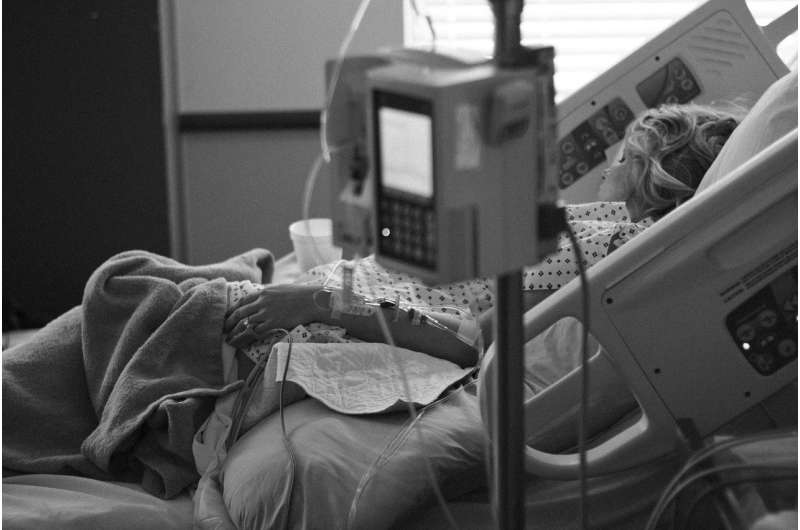New guideline released for managing vegetative and minimally conscious states

For people in a vegetative or minimally conscious state caused by brain injury, an accurate diagnosis and ongoing medical and rehabilitative care based on the latest scientific evidence could mean a better chance for recovery, according to a new guideline by the American Academy of Neurology (AAN), American Congress of Rehabilitation Medicine and the National Institute on Disability, Independent Living, and Rehabilitation Research.
The guideline on prolonged disorders of consciousness is published in the August 8, 2018, online issue of Neurology, the medical journal of the AAN. About four in 10 people who are thought to be unconscious are actually aware. This guideline gives recommendations to improve diagnosis, health outcomes and care of people with these disorders.
"People are sometimes misdiagnosed due to underlying impairments that can mask awareness," said guideline lead author Joseph T. Giacino, Ph.D., of Harvard Medical School and Spaulding Rehabilitation Hospital in Boston. "An inaccurate diagnosis can lead to inappropriate care decisions and poor health outcomes. Misdiagnosis may result in premature or inappropriate treatment withdrawal, failure to recommend beneficial rehabilitative treatments and worse outcome. That is why an early and accurate diagnosis is so important."
Consciousness is a state of being awake and aware of one's self and surroundings. A conscious person is aware of things through thoughts and the five senses: sight, hearing, smell, taste and touch. A person with a disorder of consciousness has trouble being awake, or being aware or both. People in minimally conscious state have behaviors that show they are conscious, such as tracking people with their eyes or following an instruction to open their mouths, but the behaviors are often subtle and inconsistent.
A disorder of consciousness can be caused by a severe brain injury resulting from trauma, such as a fall, a car accident or sports injury. It can also be caused by a disease or illness, such as stroke, heart attack or brain bleed.
For the guideline, experts carefully reviewed all of the available scientific studies on diagnosing, predicting health outcomes and caring for people with disorders of consciousness, focusing on evidence for people with prolonged disorders of consciousness—those cases lasting 28 days or longer.
People with prolonged disorders of consciousness after a brain injury need ongoing specialized health care provided by experts in diagnosing and treating these disorders, the guideline states.
To get the right diagnosis, a clinician with specialized training in management of disorders of consciousness, such as a neurologist or brain injury rehabilitation specialist, should do a careful evaluation. The evaluation should be repeated several times early in recovery—especially during the first three months after a brain injury.
The outcomes for people with prolonged disorders of consciousness differ greatly. Some people may remain permanently unconscious. Many will have severe disability and need help with daily activities. Others will eventually be able to function on their own and some will be able to go back to work.
According to the guideline, approximately one in five people with severe brain injury from trauma will recover to the point that they can live at home and care for themselves without help. There is moderate evidence that a person with a brain injury from trauma has a better chance of recovery than a person with a brain injury from other causes. Moderate evidence means future studies are unlikely to change the conclusion.
The guideline states that very few treatments for disorders of consciousness have been carefully studied. However, moderate evidence shows that the drug amantadine can hasten recovery for persons with disorders of consciousness after traumatic brain injury when used within one to four months after injury.
The guideline was endorsed by the American Academy of Physical Medicine and Rehabilitation, American College of Surgeons Committee on Trauma and Child Neurology Society.














